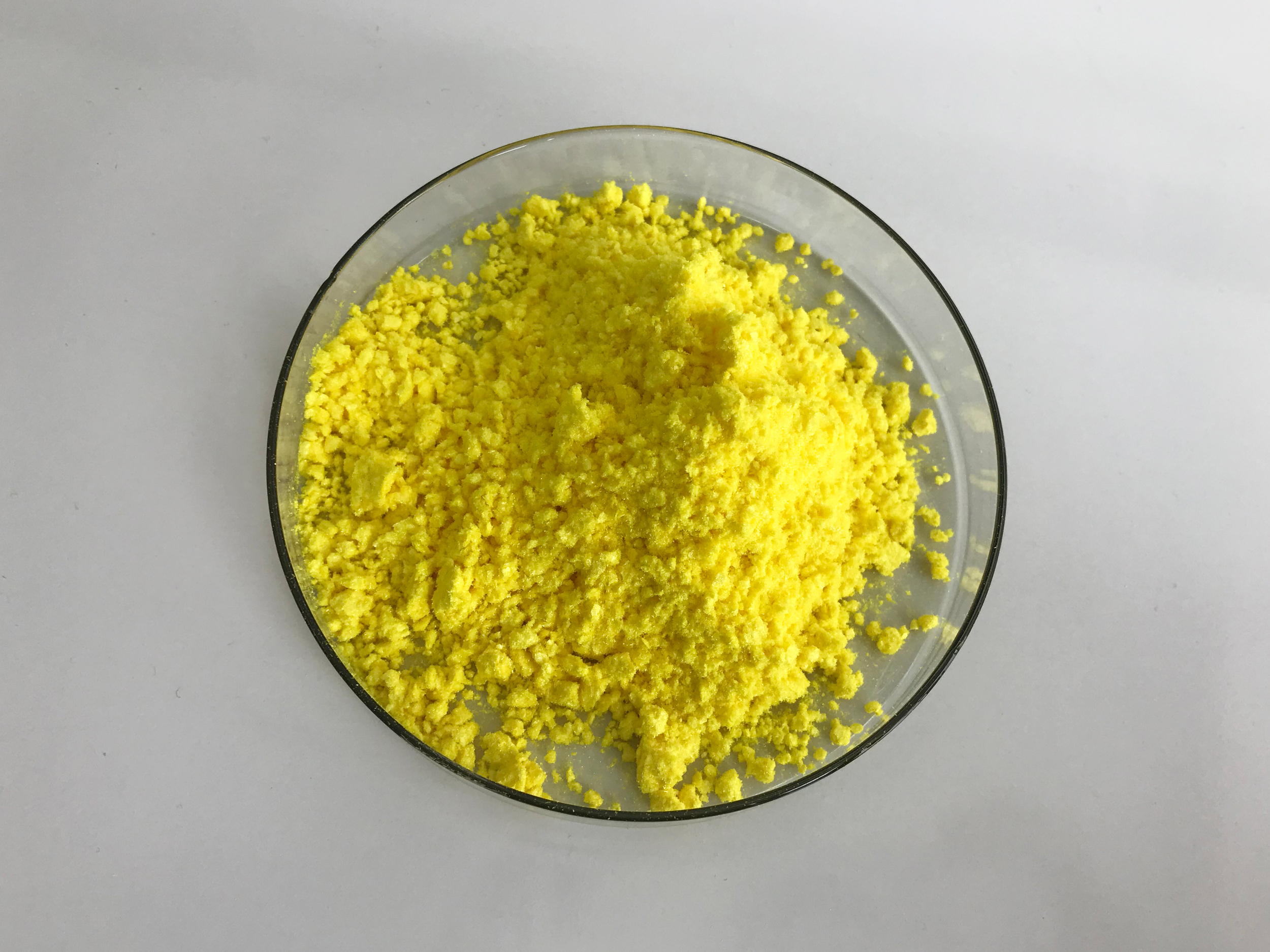Retinoic acid, a derivative of vitamin A, plays a crucial role in various physiological processes in the body. It is involved in cell growth, differentiation, and maintenance of various tissues, making it a key regulator in embryonic development, immune function, and vision. Here’s a comprehensive overview of retinoic acid based on existing research up to my last knowledge update in January 2022:
1.Biological Significance:
Cell Differentiation: Retinoic acid is a potent regulator of cell differentiation. It influences the fate of cells during embryonic development and adult tissue maintenance.
Embryonic Development: During embryogenesis, retinoic acid is essential for the formation of various organs and tissues, including the central nervous system, heart, and limbs.
Vision: Retinoic acid is a precursor to the visual pigments in the retina, contributing to the maintenance of normal vision.

2.Molecular Mechanism:
Retinoic Acid Receptors (RARs) and Retinoid X Receptors (RXRs): Retinoic acid functions through nuclear receptors, primarily RARs and RXRs. These receptors act as transcription factors, regulating the expression of target genes.
Gene Regulation: Retinoic acid regulates gene expression by binding to RARs and RXRs, forming heterodimers that bind to specific DNA sequences known as retinoic acid response elements (RAREs).
3.Clinical Applications:
Acne Treatment: Topical retinoids, derivatives of retinoic acid, are commonly used in the treatment of acne due to their ability to regulate skin cell turnover.
Cancer Treatment: Retinoic acid has been investigated for its potential in cancer treatment, especially in acute promyelocytic leukemia (APL), where it induces differentiation of leukemia cells.
Dermatological Conditions: Retinoic acid is used in various dermatological conditions, such as psoriasis and photoaging, to promote skin health and repair.
4.Dietary Sources and Supplements:
Natural Sources: Foods rich in vitamin A, such as liver, dairy products, and certain vegetables, are dietary sources of retinoids.
Supplements: Retinoid supplements are available and are sometimes prescribed for specific medical conditions. However, excessive vitamin A intake can lead to toxicity.
5.Challenges and Considerations:
Toxicity: Excessive intake of vitamin A or retinoid supplements can lead to toxicity, causing adverse effects such as nausea, headache, and, in severe cases, birth defects.
Balance in Cellular Processes: Maintaining a delicate balance of retinoic acid is crucial, as too much or too little can disrupt normal cellular processes.

6.Ongoing Research:
Cancer Research: Ongoing studies focus on the potential of retinoic acid in cancer prevention and treatment, particularly in cancers where differentiation plays a crucial role.
Neurological Disorders: Research explores the role of retinoic acid in neurodevelopment and its potential implications in neurological disorders.
Immunomodulatory Effects: Investigating the immunomodulatory effects of retinoic acid and its potential applications in autoimmune diseases.
In conclusion, retinoic acid is a multifaceted molecule with diverse roles in development, cellular differentiation, and health maintenance. Ongoing research continues to unravel its complexities and explore its potential applications in various medical fields. As always, for the most up-to-date information, it’s essential to consult the latest scientific literature.
